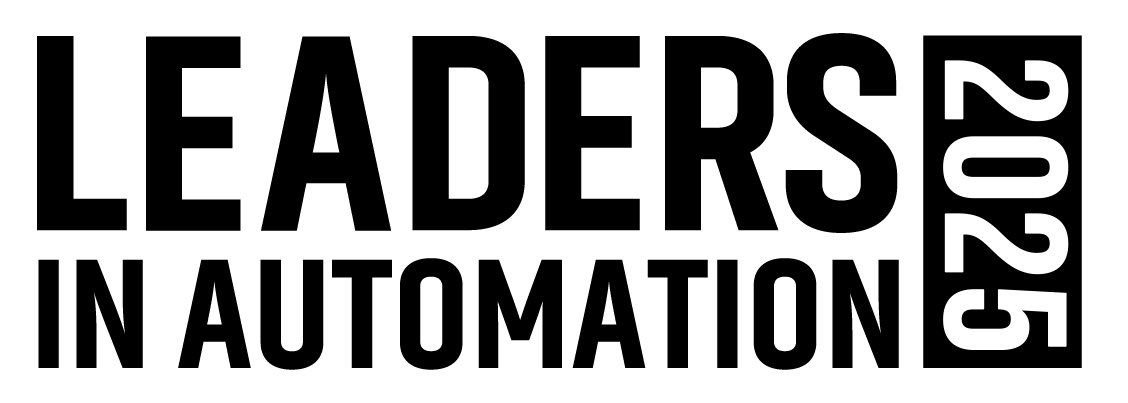3D Printing Meets Bionic Hand, Goes Mainstream
Open Bionics is perfecting the development of fast turnaround, low-cost bionic hands.
3D printing and prosthetic design seemed to have a shared destiny. There are a growing number of stories about companies using 3D printing technology to design prosthetics as a more accessible, affordable way to build lower-cost devices. More, importantly, the technology allows the prosthetics to be tailored for a comfortable, highly-custom fit.
Open Bionics, based in Bristol, England, is attacking the problem from a slightly different perspective: It’s goal is to create low-cost bionic hands that can be created quickly to help the estimated 2 million hand amputees worldwide, according to an article on Futurism. The company is conducting its first clinical trial in England with 10 children, and 3D printing technology lets the company modify the hand to suit the individual tastes of the wearer—in the case of some of the clinical trial participants, something modeled from the cast of Star Wars and the movie Iron Man, the article said.
The hands, which can be produced on a 3D printer in just over 42 hours for a cost of around $3,360, have the potential to revolutionize the treatment for those missing hands, the article says, since they are relatively easy to make using highly available technology.
There’s a ton of work going on in this area, both on the low end, like Open Bionics, but also on the high end. That means there is a whole lot of potential for 3D printing to do good work.
About the Author
Beth Stackpole, contributing writer
Contributing Editor, Automation World

Leaders relevant to this article: